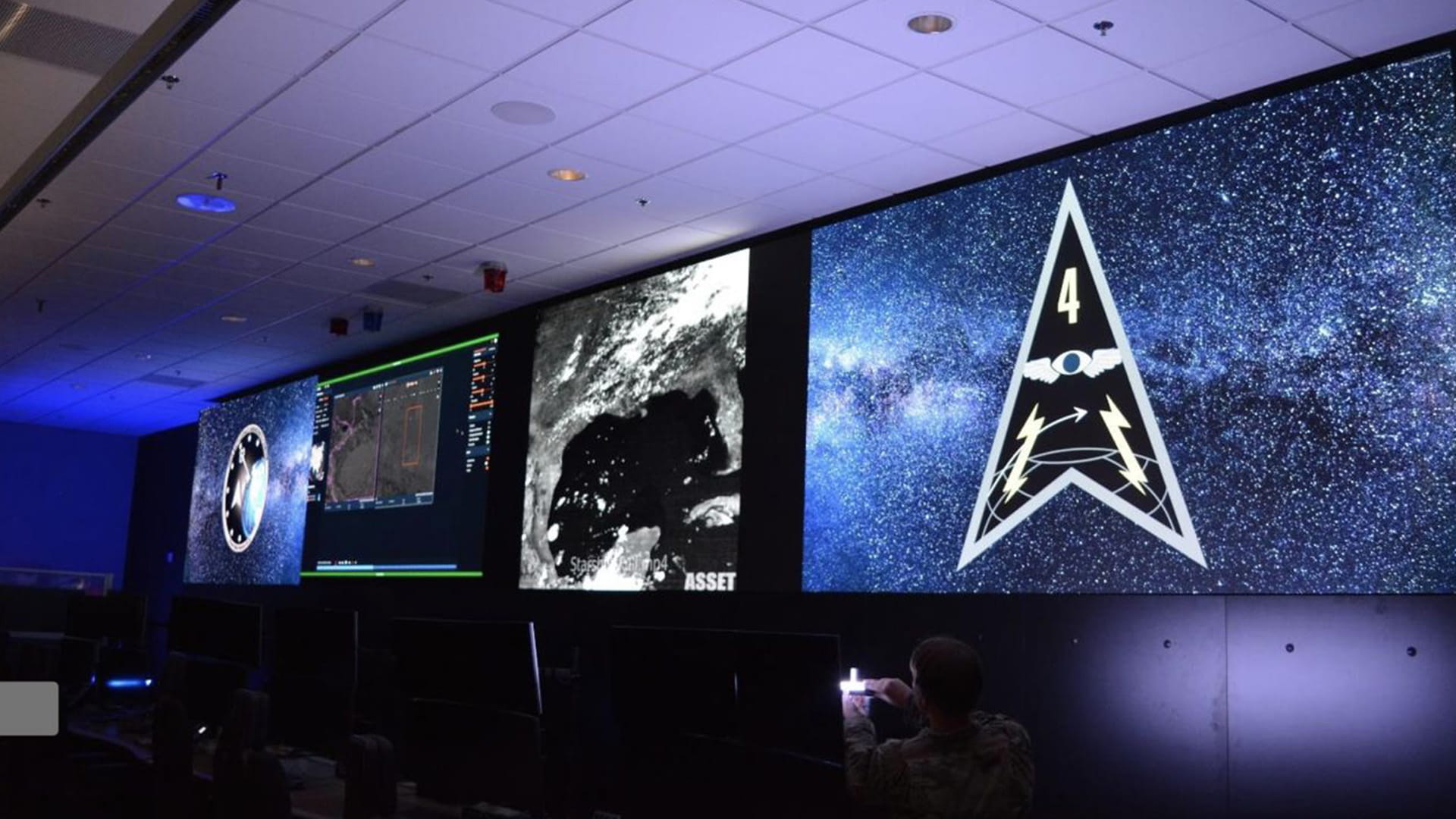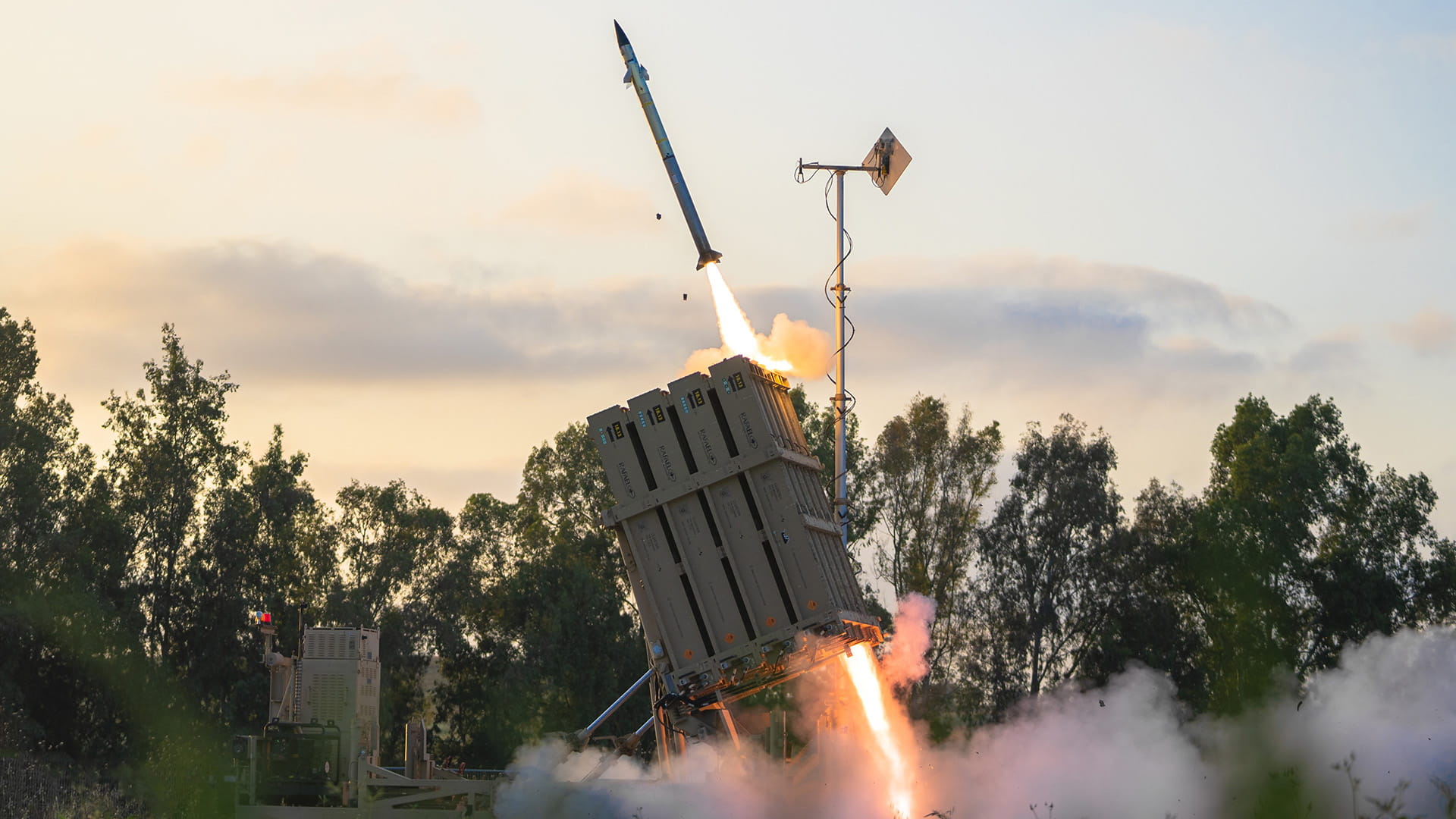Think fast: A missile-defense system built for speed
With Raytheon technology, U.S. Space Force forges ahead
The transmission of data takes place in the blink of an eye — partly because it can, but mainly because it has to.
Satellites observing Earth from miles above receive a piece of data, then send it back down to the surface in less than a second, where it appears on a computer screen.
Monitoring that screen is an operator from the U.S. Space Force whose job is to disseminate missile warnings to systems on the ground. And that operator’s ability to understand what the satellite sees is critical in making high-stakes decisions faster.
“Speed is everything. Speed to mission, speed to impact, speed to performance,” said Jabari Loving, an associate director in Requirements & Capabilities at Raytheon, an RTX business.
Speed has been the major theme for Loving and the team behind a system called FORGE MDPAF – essentially the underlying computer hardware and software that will help the Space Force ground stations meet their mission. Not only did its creators want it to work fast – they themselves wanted to work fast, using commercial software development methods to meet the Space Force’s ambitious timelines.
That speed has also made it possible for the system to prove its worth quickly. FORGE MDPAF, even in its trial periods, has already supported successful missile-defense efforts in locations around the world.
“That was a tremendous achievement for the team and the mission,” said Jeff McCall, the executive director of Enterprise & Strategic Mission Systems for Raytheon. “We were proud to be a part of it.”
Making decisions faster
The Space Force, the newest U.S. military branch, tasked RTX with building a software communications system to help missile defense operators and commanders make informed decisions quickly.
Raytheon built FORGE MDPAF – short for Future Operationally Resilient Ground Evolution Mission Data Processing Application Framework – as a prototype in 2019, and Raytheon engineers refined the software framework until it became operational in early 2024.
“We are the first and only team to have developed this project and have it operational,” McCall said. “We are the benchmark for how to incorporate cyber capabilities into space mission systems.”
By making formerly separate systems – and their software – compatible with one another, FORGE MDPAF enables faster transmission of data between ground and communications systems. The same goes for data processing, Loving said.
“You don’t want them to have to sift through the data on their own,” Loving said, adding that FORGE MDPAF understands inputs from different software applications.
FORGE MDPAF’s key factors
Enhanced cybersecurity and resiliency
An open framework that allows multiple vendors to contribute
Changing with the times
FORGE MDPAF is built as an open system for applications that collect and process data. Open-systems architecture – which allows for easy integration of new software – is a key priority for the Space Force; as the volume of satellite data grows and as the threats to those satellites continue to change. Just like a smartphone can receive updates that give its apps new capability, FORGE MDPAF can take updates that improve its abilities in missile warning and tracking. FORGE MDPAF also uses what’s known as a DevSecOps pipeline process – a method of software development that incorporates security during every step of the process, rather than strictly at the end.
“FORGE MDPAF is very flexible,” Loving said. “We were able to onboard the application in a timeframe that has not been seen in the past.”
One of the ways the team met that timeframe was its use of the Agile management framework, which includes regular customer input and quarterly evaluations of project milestones. FORGE MDPAF’s key development markers were discussed and evaluated every three months in its development cycle.
“Under Agile development we can continue to bring in new capabilities rapidly,” McCall said. “You need an adaptable architecture that can bring in new capabilities, and combine capabilities, and sources in new ways to deliver key insights.”
“We are the first and only team to have developed this project and have it operational. We are the benchmark for how to incorporate cyber capabilities into space mission systems.”
Jeff McCall | Executive Director of Enterprise & Strategic Mission Systems | Raytheon
FORGE MDPAF’s evolution
FORGE MDPAF is meant to evolve with the times. The next phase of the technology will include maturing the framework’s functionality and scaling up to maximize use of the missile-warning and tracking architecture.
“This is part of our evolution roadmap,” McCall said. “It’s not a ‘one and done’ solution – we need to continually evolve capability.”
Currently, FORGE MDPAF processes Overhead Persistent Infrared, or OPIR, satellite data from both the Space Force’s Space Based Infrared System constellation and the future Next Gen OPIR constellation.
Though the Space Force is the youngest branch of the U.S. military, it’s hardly new – it grew out of the U.S. Air Force’s previous mission to manage the Department of Defense’s space assets. RTX has been supporting that mission for decades – and will keep doing so alongside three Space Force field commands: Space Systems Command, Space Operations Command, and Space Training and Readiness Command.
“Building on this legacy, we are uniquely qualified and prepared to fulfill the customer vision of reusing what we can, refactoring what we need and re-developing only what we must,” McCall said.




